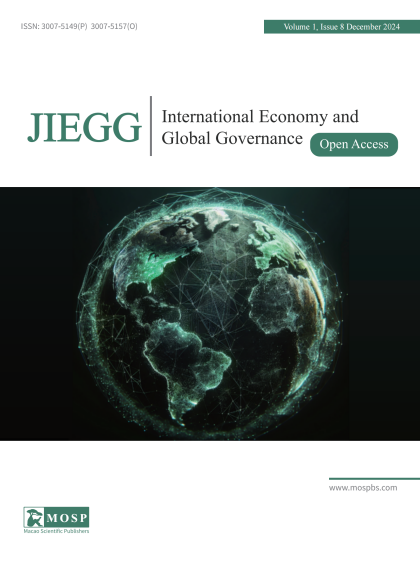Abstract
Semiconductor industry, as a cornerstone of the digital economy, holds a vital position in cutting-edge technology fields such as electronic information engineering, communication systems, aerospace technology, and artificial intelligence. It has developed into a comprehensive system encompassing global supply chains, industrial chains, and value chains. It has formed a comprehensive system of global supply chains, industrial chains, and value chains. The United States and China serve as the primary drivers of the global semiconductor industry. To maintain its industrial dominance and technological hegemony, the U.S. has implemented a series of policies centered on “cost imposition” as part of its strategic competition policy against China, particularly in areas where the U.S. has a significant presence, namely innovation and development within this industry. By constructing a model of limited rationality risk game and conducting empirical analyses, it is demonstrated that the U.S. strategic competition policy towards China constitutes a non-optimal strategy under risk games characterized by a significant misalignment. This policy exerts a dual impact on the U.S. economy, manifesting as “small cycle advantages” and “large trend risks”, resulting in a difficult-to-prevent “lag” effect. Additionally, it also underscores the temporal mismatch and cyclical imbalance inherent in the U.S.’s strategic competition approach, exacerbating the security dilemmas faced by the international community.
Keywords: Semiconductor Industry, China-US Strategic Competition, Cost Imposition, Game Strategy Misalignment, Risk Deferral, Security Dilemmas
Download the full text PDF for viewing and using it according to the license of this paper.

